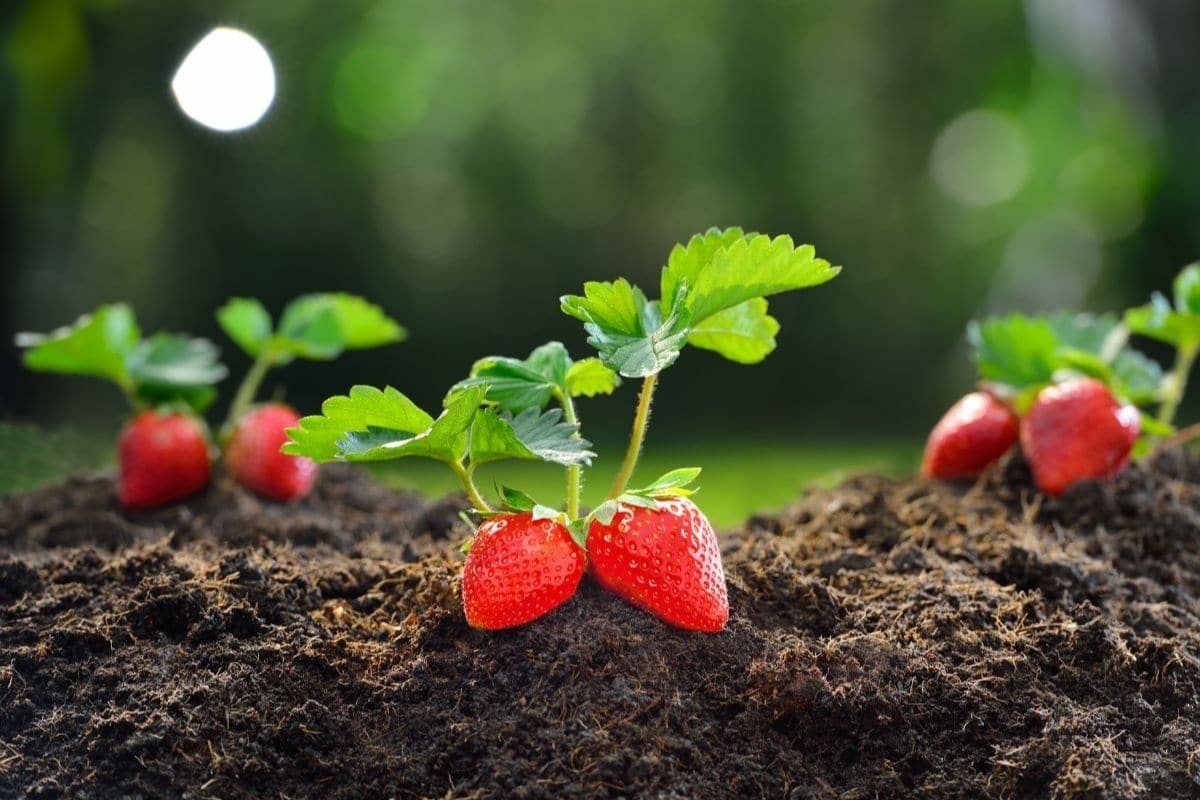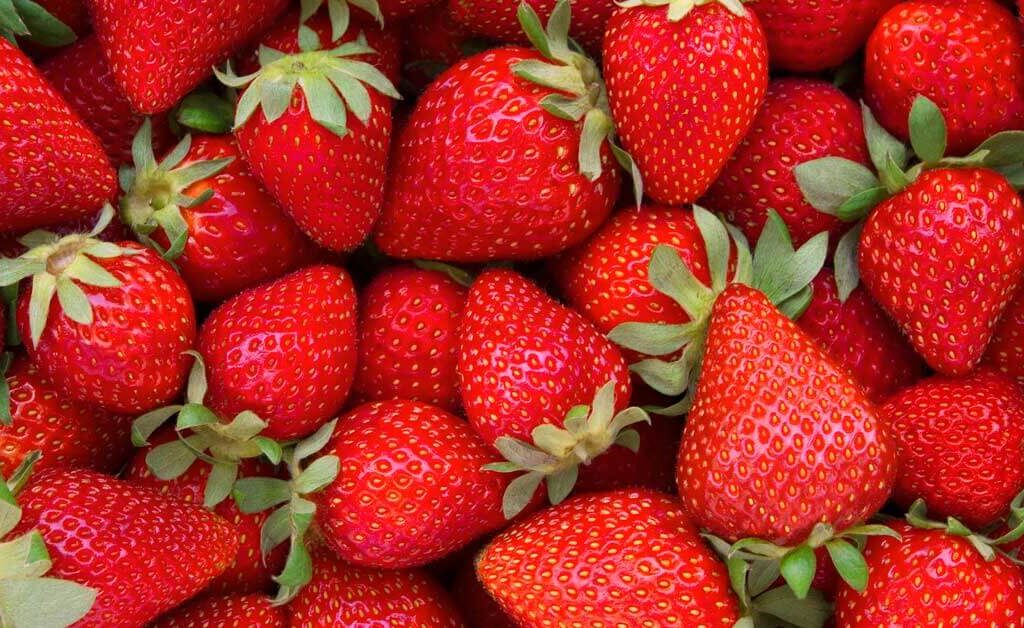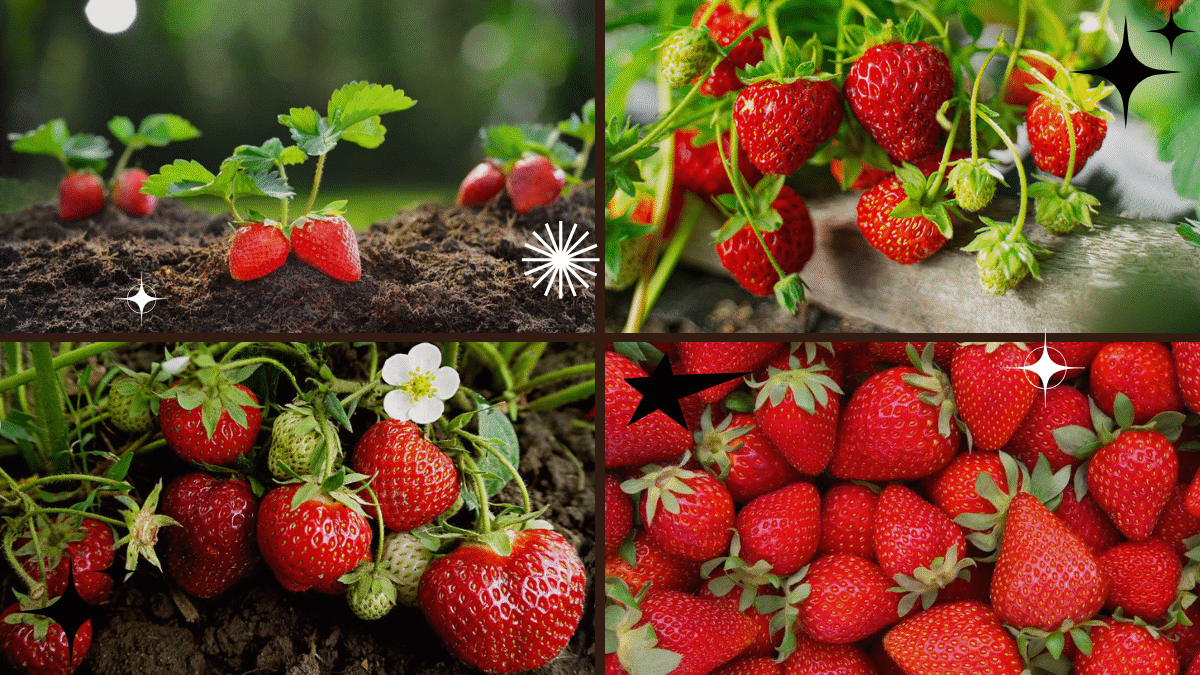There’s nothing quite like the taste of freshly picked, sun-ripened strawberries. These vibrant red gems are not only delicious but also surprisingly easy to grow at home — whether you have a sprawling backyard, a cozy patio, or even a sunny windowsill. If you’ve ever dreamed of harvesting your own sweet, juicy berries, this guide will show you exactly how to plant strawberries for a bountiful, mouthwatering harvest.

Why Grow Strawberries?
Before we dig into the planting process, let’s talk about why strawberries are such a great addition to your home garden:
- Freshness: Homegrown strawberries taste far better than store-bought ones, as you can pick them at peak ripeness.
- Versatility: They can be grown in garden beds, hanging baskets, containers, or vertical gardens.
- Health Benefits: Strawberries are packed with vitamin C, antioxidants, and fiber, supporting immunity and heart health.
- Low Maintenance: With just a bit of care, strawberries thrive and reward you with a generous harvest.
Choosing the Right Strawberry Variety
Strawberries come in several different types, and choosing the right variety for your climate and garden setup is crucial. Here’s a quick breakdown:
1. June-Bearing
- Produce one large crop per year, typically in late spring to early summer.
- High yield in a short time.
- Ideal for preserving, freezing, and making jams.
2. Everbearing
- Produce two to three harvests per year: one in spring, one in summer, and sometimes a third in early fall.
- Great for consistent fresh eating.
3. Day-Neutral
- Produce fruit continuously throughout the growing season as long as temperatures remain between 35°F to 85°F.
- Perfect for gardeners wanting steady berries all season long.
Popular Cultivars:
- ‘Chandler’ (June-bearing)
- ‘Ozark Beauty’ (Everbearing)
- ‘Albion’ (Day-neutral)

When to Plant Strawberries
The best time to plant strawberries depends on your region:
- Mild or warm climates (Zones 6-10): Late fall or early spring planting.
- Colder regions (Zones 3-5): Early spring, as soon as the soil can be worked.
Avoid planting when frost is expected, but don’t wait too long — strawberries need cool weather to establish roots before the heat of summer.
Choosing the Perfect Planting Site
Strawberries love:
- Full sun: At least 6-8 hours of direct sunlight daily.
- Well-drained, slightly acidic soil: pH between 5.5-6.8.
- Good air circulation: Helps prevent fungal diseases.
Avoid:
Areas where tomatoes, peppers, eggplants, or potatoes have been grown in the past 3 years, as these crops share soil-borne diseases like Verticillium wilt.

How to Plant Strawberries
Materials Needed:
- Strawberry plants (bare-root crowns or potted starts)
- Garden trowel
- Organic compost
- Mulch (straw, pine needles, or shredded bark)
- Balanced fertilizer (10-10-10)
Step-by-Step Instructions:
- Prepare the Soil
- Loosen the soil to a depth of 8-12 inches.
- Mix in compost and a balanced fertilizer to enrich the soil.
- Dig Planting Holes
- Holes should be wide enough to spread roots and deep enough so the crown (where leaves meet roots) sits level with the soil.
- Place the Plants
- Gently spread roots and set the plant so the crown is at soil level.
- Avoid burying the crown as it can rot, or leaving it exposed to dry out.
- Spacing
- June-bearing: 18 inches apart, 36-48 inches between rows.
- Everbearing/Day-neutral: 12 inches apart, 24-36 inches between rows.
- Water Well
- Give the newly planted strawberries a deep, thorough watering to settle the soil.
Caring for Strawberry Plants
Watering
- Keep soil consistently moist but not soggy.
- About 1-1.5 inches of water per week, especially during fruiting.
- Avoid overhead watering to reduce fungal issues.
Mulching
- Apply a 2-3 inch layer of straw or pine needles.
- Retains moisture, suppresses weeds, and keeps berries clean.
Fertilizing
- Use a balanced 10-10-10 fertilizer when planting.
- Fertilize again after the first harvest and in early fall.
Pruning
- Pinch off runners (long stems producing baby plants) during the first year to encourage strong root and fruit development.
- Remove any dead or yellowing leaves regularly.

Protecting Strawberries from Pests and Diseases
Common Pests:
- Slugs & Snails: Use crushed eggshells, diatomaceous earth, or copper tape as barriers.
- Aphids & Spider Mites: Spray with insecticidal soap or a neem oil solution.
- Birds: Drape bird netting over plants during fruiting.
Diseases:
- Gray Mold (Botrytis): Ensure good air circulation and remove infected berries.
- Leaf Spot: Prune affected leaves and avoid overhead watering.
Pro Tip: Rotate strawberry beds every 3-4 years to minimize disease build-up.
Harvesting Sweet, Juicy Strawberries
- Strawberries typically ripen about 4-6 weeks after blossoming.
- Pick berries when they’re fully red and glossy.
- Harvest in the morning when temperatures are cool.
- Gently twist or cut the stem above the berry cap to avoid bruising.
Note: Strawberries don’t continue to ripen after picking — so make sure they’re fully red before harvest!
Storing and Enjoying Your Harvest
- Fresh strawberries are best eaten within 1-2 days.
- Store unwashed berries in the refrigerator.
- Freeze extras for smoothies, baking, or homemade jam.
Conclusion
Growing strawberries at home is a rewarding, delicious experience that anyone can enjoy — whether you’re tending a backyard garden or a balcony planter. With the right variety, proper planting, and a little ongoing care, you’ll be rewarded with basketfuls of sweet, juicy berries season after season.
So grab those strawberry plants, prepare your soil, and get ready to savor the taste of homegrown goodness!





Leave A Comment